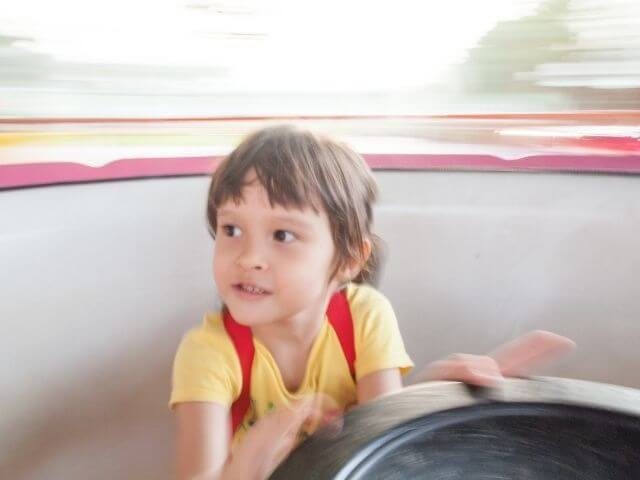What’s behind stimming
Meltdowns are a flat-out, unequivocal case of being pushed beyond one’s limits to cope. So are a lot of other challenging behaviors that we see with autism.
Stimming is a bit different, though, because it’s both a result of stress, and a strategy to calm down. It is one of the effective strategies we develop naturally.
The hand flapping, jumping, rocking, spinning, toe walking, or whatever, provides pressure or motion (proprioceptive and vestibular input, if you want to get technical) on our nervous system, which calms us down.
Everyone stimms
Stimming isn’t actually abnormal, we just stimm more obviously than most people. For example, you might fidget when you’re nervous, or wring your hands, fiddle with your hair, tap your foot, or tap a pen, or chew the end of it. Have you ever covered your ears at a loud siren? Or pet your dog to to soothe your nerves? Or paced in a hospital waiting room? These are all stimms, they’re just so common that they’re socially acceptable.
Our stimms tend to be bigger, louder, but they’re accomplishing essentially the same function. They help us get through a difficult situation, and in the best case scenario, help us to calm down.
A bit more mainstream
In fact, something that’s becoming more and more popular among psychotherapists these days is to encourage clients to rock back-and-forth, because they say it is a naturally soothing motion that imitates how you rock an infant to soothe him or her.
Fidget toys are also becoming quite popular, so maybe some of our fidgeting and stimming will also become more socially acceptable in time.
Repressing stimms
So trying to repress our stimms is a double whammy.
Have you ever tried not to fidget when you really need to? Or not to tap your foot when the person next to you complains it’s annoying? It’s really hard.
In fact, it takes a lot of energy at a time when we can least afford to spend it.
So trying to repress our stimms is a double whammy. It both doesn’t let us get the calming effect, and it takes a lot of energy to try to repress the impulse, which further heightens our stress load.
Jumping for joy
To muddy the waters just a bit, stimming can also be an expression of joy. Just like you might want to dance, or punch the air, or hug everyone around you when something good happens, autistics have the same need.
Sometimes flapping hands or jumping around is actually a sign of joy. It’s usually pretty clear, though, if your kid is happy or upset. It’s very different body language, and their whole energy is different.
Repressing happy stimms is just as difficult and energy sucking, and can turn a happy young person into an upset one who needs to stimm for the exact opposite reason.
How to help
Instead of trying to repress or reduce stimming, try to find the cause of the stress and reduce that.
We all know that body language is effective communication. In fact, many autistic interventions try to teach autistics to read body language better. Well, stimming is a form of body language.
When your kid is stimming, it is one of his ways to tell you that something is stressing him out (or making him super happy).
Instead of trying to repress or reduce stimming, try to find the cause of the stress and reduce that. Stress stimms will then fade naturally.
And when your kid is happy stimming, well, he’s happy! Isn’t that what you want for your child? Try joining in. It just might feel good.




